The trophy for the 1881 Chesterfield Cup at Goodwood: in the form of a Victorian silver sculptural group by Hunt & Roskell titled 'Sir Roger de Coverley and the Gypsies, Spectator,' hallmarked London, 1881, modelled with Sir Roger dismounted from his horse and having his palm read by the older of two gypsy women, in front of two dogs besides a suspended cauldron, all on a naturalistic base with a title plaque, on a large ebonised plinth set with a plaque inscribed GOODWOOD, 1881, with the original oak fitted carrying case bearing a printed paper label for Hunt & Roskell/Storr & Mortimer, with key, the group 37cm., 14 1/2in. high, 47cm., 18 1/2in. long and 34cm., 13 1/2in. wide Sir Roger de Coverley was the name of a character by Addison in The Spectator published in 1711. An English squire of Queen Anne's reign, Sir Roger exemplified the values of an old country gentleman, and was portrayed as lovable but somewhat ridiculous ("rather beloved than esteemed," to quote from the book), and making his Tory politics seem harmless but silly. He is said to be the grandson of the man who invented the Coverley, an English and Scottish country dance with its steps reminiscent of a hunted fox going in an out of cover. The modelling of this sculptural group is based on Sir Roger's essay XVII in The Spectator when Sir Roger whilst riding out with a friend encounters two gypsy women, where upon his palm is read and the bachelor told that "... he is dearer to someone than he thinks." This same literary incident had earlier inspired the artist Charles Robert Leslie R.A. (1794-1859), born in London to an American family from Maryland, who exhibited a picture with this subject to kind reviews in 1829. Additionally, a similar group to the present sculpture is described in the 1851 Great Exhibition catalogue listed under 111 of the works in precious metals section designed and manufactured by Joseph Angell of the Strand. Hunt & Roskell's trophy was presented as the prize for the 1881 running of the Chesterfield Cup (Handicap) at the main Goodwood July festival meeting and was won Mr Henry Bragg's four-year-old colt Victor Emanuel ridden by John Osborne The trophy was valued at 300 sovs. in the Racing Calendar and this was the prize for the victory, there was no cash winnings. It is typical of the high Victoriana offered as trophies on the racecourse at this period, particularly for the major races at Royal Ascot, Goodwood and the Doncaster St Leger meeting. Nearly always a horse forms part of the design but very often not in any sporting context. Literary inspiration, as is the case here, was often a favourite choice of designers. The winner of the race was Victor Emanuel, a son of the stallion Albert Victor who had finished second in both the Derby and St Leger but was the winner of many good races including the Middle Park Stakes, the Ascot Gold Vase and the Great Ebor Handicap. Victor Emanuel carried 8st. 5lb. and won the race by a length at odds of 100 to 6. Provenance: Mr Henry Bragg, the winning racehorse owner of the 1881 Chesterfield Cup, Goodwood, and thence by family descent.
The trophy for the 1881 Chesterfield Cup at Goodwood: in the form of a Victorian silver sculptural group by Hunt & Roskell titled 'Sir Roger de Coverley and the Gypsies, Spectator,' hallmarked London, 1881, modelled with Sir Roger dismounted from his horse and having his palm read by the older of two gypsy women, in front of two dogs besides a suspended cauldron, all on a naturalistic base with a title plaque, on a large ebonised plinth set with a plaque inscribed GOODWOOD, 1881, with the original oak fitted carrying case bearing a printed paper label for Hunt & Roskell/Storr & Mortimer, with key, the group 37cm., 14 1/2in. high, 47cm., 18 1/2in. long and 34cm., 13 1/2in. wide Sir Roger de Coverley was the name of a character by Addison in The Spectator published in 1711. An English squire of Queen Anne's reign, Sir Roger exemplified the values of an old country gentleman, and was portrayed as lovable but somewhat ridiculous ("rather beloved than esteemed," to quote from the book), and making his Tory politics seem harmless but silly. He is said to be the grandson of the man who invented the Coverley, an English and Scottish country dance with its steps reminiscent of a hunted fox going in an out of cover. The modelling of this sculptural group is based on Sir Roger's essay XVII in The Spectator when Sir Roger whilst riding out with a friend encounters two gypsy women, where upon his palm is read and the bachelor told that "... he is dearer to someone than he thinks." This same literary incident had earlier inspired the artist Charles Robert Leslie R.A. (1794-1859), born in London to an American family from Maryland, who exhibited a picture with this subject to kind reviews in 1829. Additionally, a similar group to the present sculpture is described in the 1851 Great Exhibition catalogue listed under 111 of the works in precious metals section designed and manufactured by Joseph Angell of the Strand. Hunt & Roskell's trophy was presented as the prize for the 1881 running of the Chesterfield Cup (Handicap) at the main Goodwood July festival meeting and was won Mr Henry Bragg's four-year-old colt Victor Emanuel ridden by John Osborne The trophy was valued at 300 sovs. in the Racing Calendar and this was the prize for the victory, there was no cash winnings. It is typical of the high Victoriana offered as trophies on the racecourse at this period, particularly for the major races at Royal Ascot, Goodwood and the Doncaster St Leger meeting. Nearly always a horse forms part of the design but very often not in any sporting context. Literary inspiration, as is the case here, was often a favourite choice of designers. The winner of the race was Victor Emanuel, a son of the stallion Albert Victor who had finished second in both the Derby and St Leger but was the winner of many good races including the Middle Park Stakes, the Ascot Gold Vase and the Great Ebor Handicap. Victor Emanuel carried 8st. 5lb. and won the race by a length at odds of 100 to 6. Provenance: Mr Henry Bragg, the winning racehorse owner of the 1881 Chesterfield Cup, Goodwood, and thence by family descent.

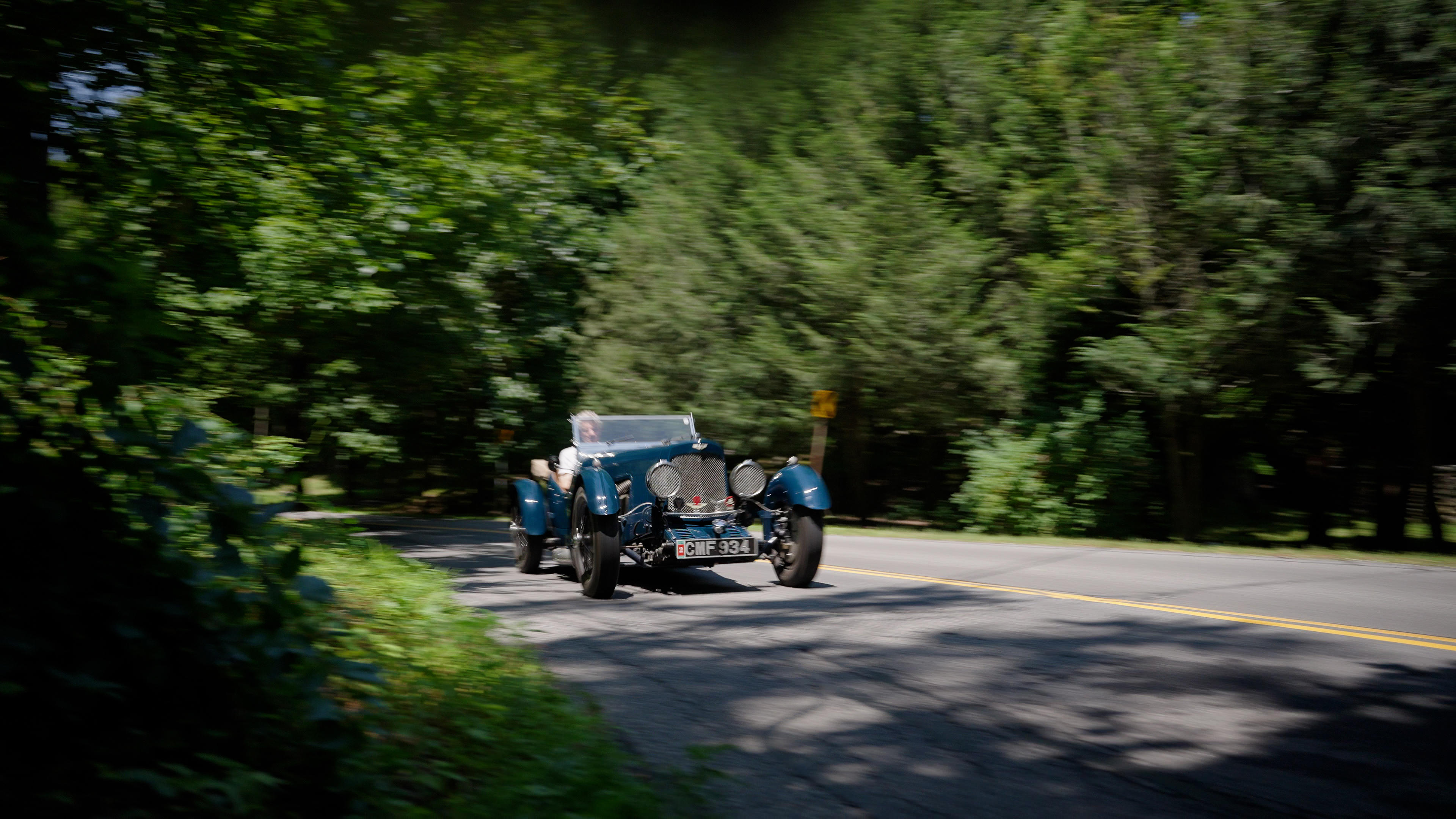

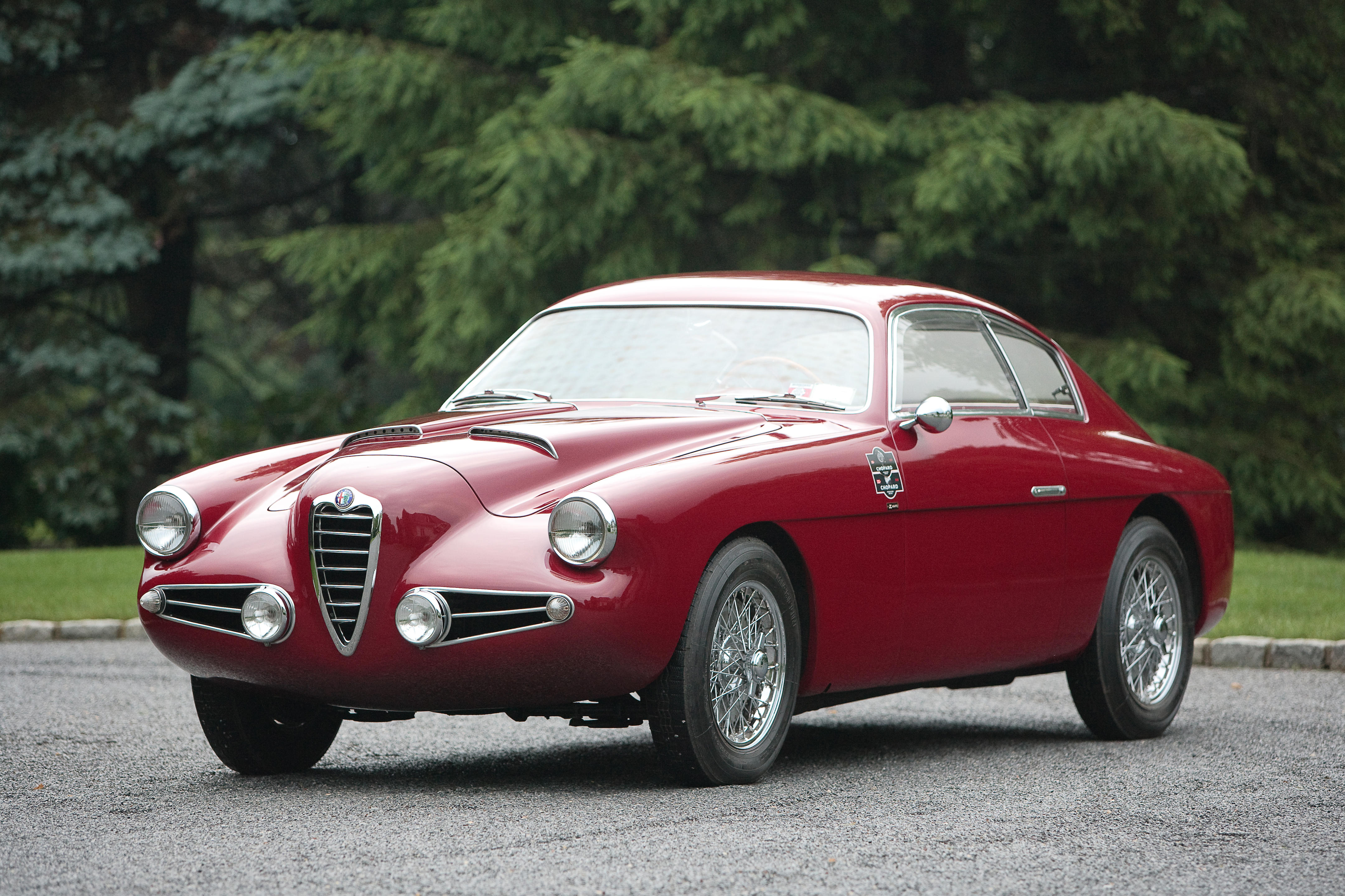
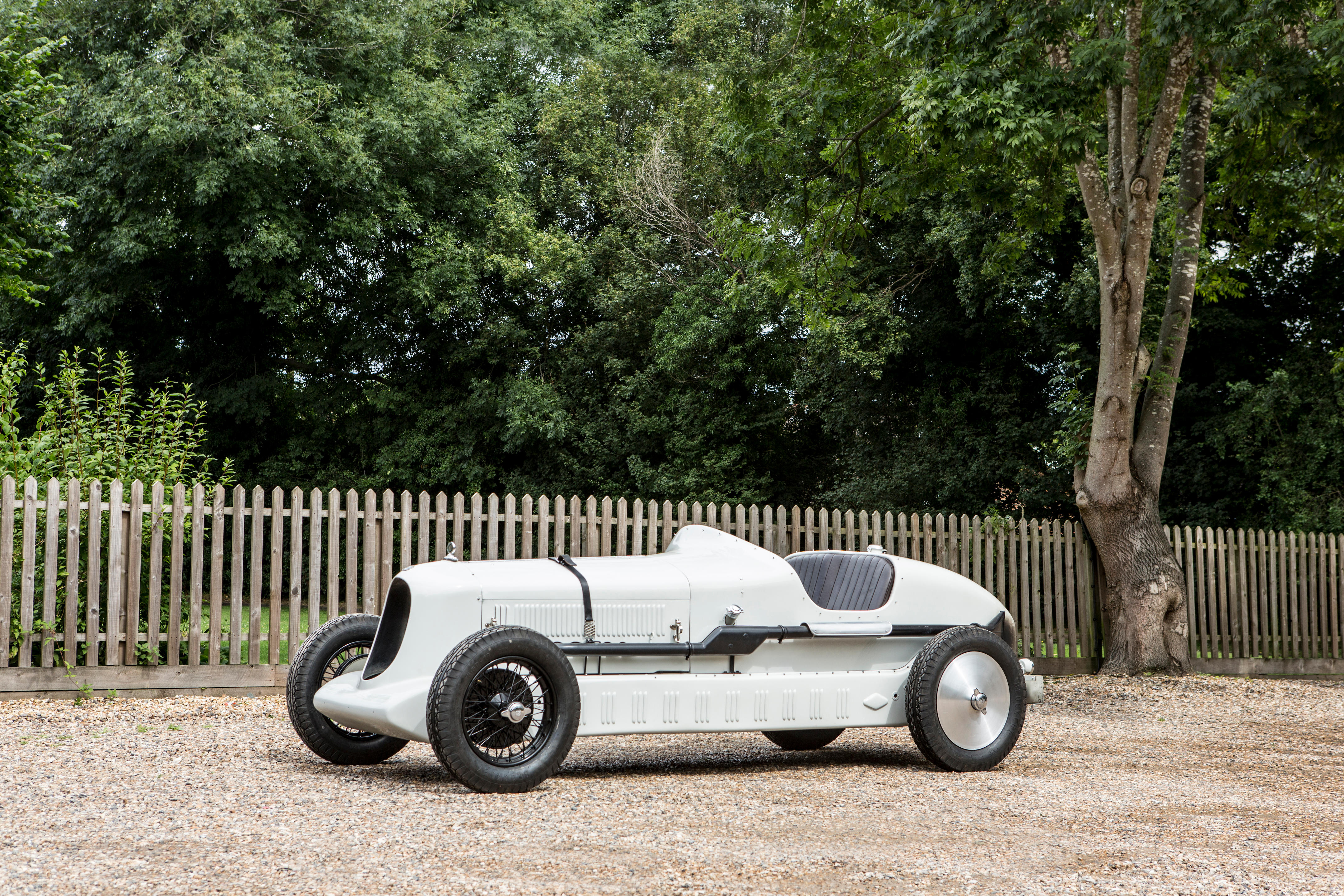


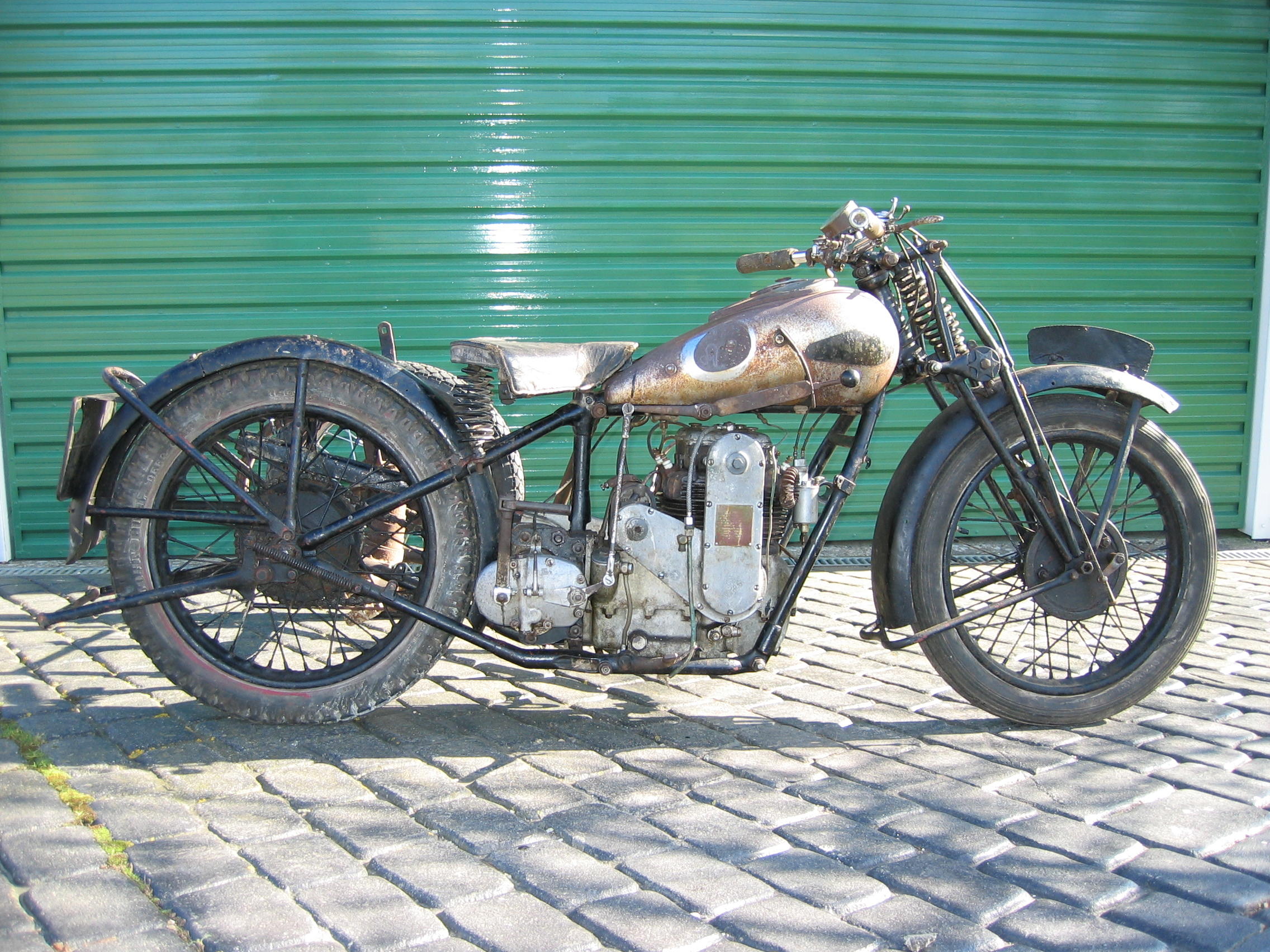

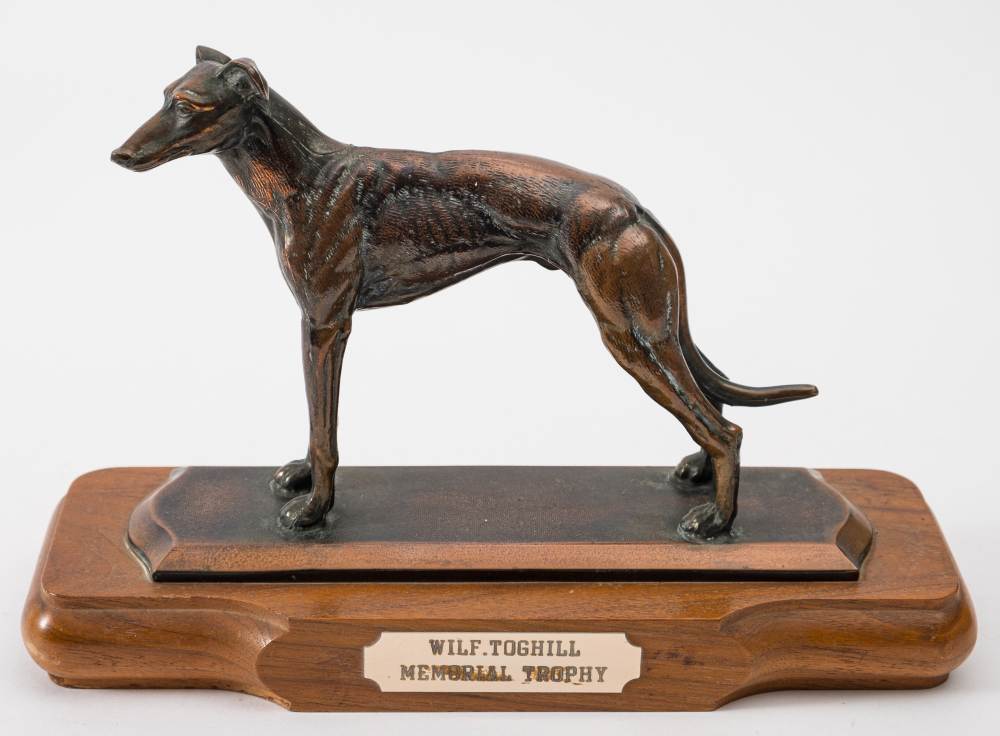




Testen Sie LotSearch und seine Premium-Features 7 Tage - ohne Kosten!
Lassen Sie sich automatisch über neue Objekte in kommenden Auktionen benachrichtigen.
Suchauftrag anlegen